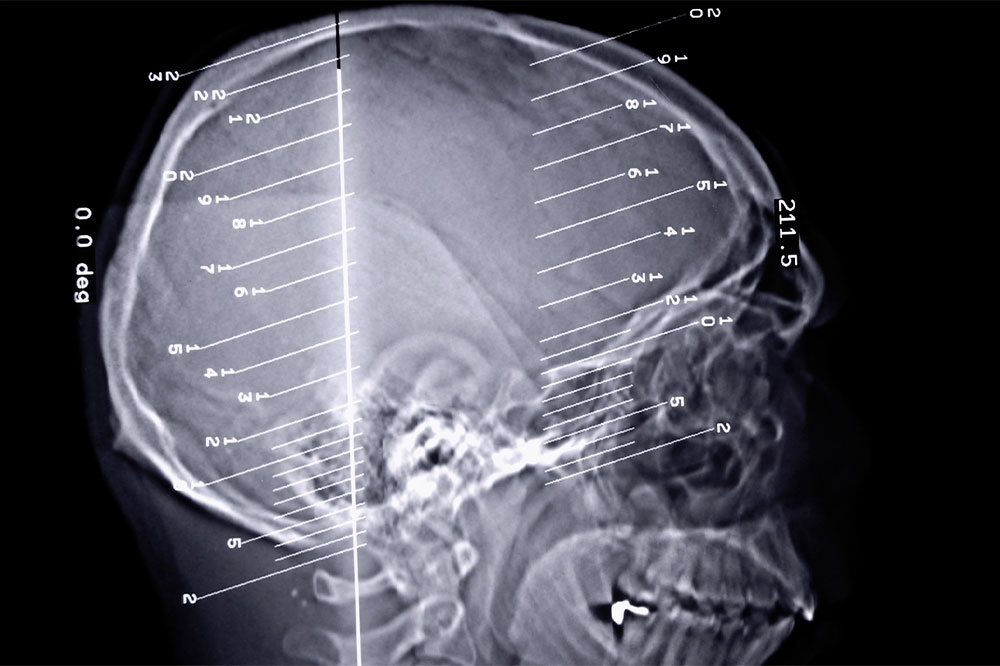
Canvas ataxia – Causes, symptoms, and more
The cerebellum consists of two folded portions situated near the brainstem, controlling speech, swallowing, and eye movements. Ataxia is referred to as the lack of fine control over voluntary movements. Cerebellar ataxia, commonly known as canvas ataxia, is a result of damaged or inflamed ataxia. Studies have shown that cerebellar ataxia occurs in 26 out of 100,000 children in the country. The following article lists the causes, symptoms, diagnoses, and treatment options of this condition.
Causes
The following factors can lead to canvas ataxia.
Stroke
A stroke occurs when the blood supply to a part of the brain is severely reduced or interrupted. Such an occurrence deprives brain cells of the necessary nutrients and oxygen, which could prove fatal.
Head trauma
Trauma due to major accidents or a severe blow to the head can damage the brain and spinal cord. Some trauma can also cause internal bleeding, leading to canvas ataxia.
Autoimmune diseases
A hyperactive immune system gives rise to diseases that can damage the cerebellum and cause ataxia. Some such diseases include multiple sclerosis, sarcoidosis, and celiac disease.
Cerebral palsy
Cerebral palsy is the encompassment of disorders that can damage a child’s developing brain. If one of the disorders damages the cerebellum, the child may have a lot of difficulties when it comes to body movement controls.
Paraneoplastic syndromes
Although paraneoplastic syndromes are rare occurrences, the immune system’s response to a neoplasm or cancerous tumor is a major cause. Those suffering from such a syndrome may develop ataxia months before getting diagnosed with cancer.
Toxic reaction
Side effects of certain treatments can cause ataxia. This reaction takes place because the toxic elements that are meant to destroy the disease may also damage healthy organs like the cerebellum. Apart from side effects from treatments, substance intoxication, heavy metal, and solvent poisoning can cause canvas ataxia.
Nutrient deficiency
Deficiency of nutrients like vitamins E and B12 in daily meals can increase the risk or aggravate symptoms associated with canvas ataxia.
Signs and symptoms
Initially, the signs of canvas ataxia may go unnoticed and may even mimic symptoms of other neurological disorders. These signs may include poor coordination, the tendency to stumble, and difficulty in performing daily tasks such as eating and wearing clothes. However, if an individual experiences collective worsening of these symptoms, it might be a sign of deteriorating canvas ataxia. One must immediately seek clinical intervention to diagnose and confirm.
Diagnosis
A healthcare expert will initially run several basic tests to determine if the canvas ataxia is due to an underlying condition. Physical and neurological examinations may be conducted to test the patient’s hearing, memory, balance, vision, concentration, and reflexes. Upon assessing these factors, the healthcare expert will conduct one or more of the following diagnostic tests:
Electromyography (EMG)
An EMG involves using a device called an electromyogram to evaluate and record electrical activity in the muscles.
Complete blood count (CBC)
This test helps analyze the blood profile of a patient. Determining blood count will help the doctor know whether a patient is suffering from canvas ataxia due to nutrient deficiency.
Spinal tap
A spinal tap allows healthcare experts to examine the spinal cord and cerebrospinal fluid present in it. Any type of infection that may have damaged the cerebellum and caused ataxia can be deduced by examining the cerebrospinal fluid.
Imaging test
Imaging tests give doctors better insight into issues with internal organs. In this case, scanning the brain through imaging tests like magnetic resonance imaging (MRI) and computer tomography (CT) can help determine there is bleeding or any other type of damage that the cerebellum has sustained.
Genetic testing
Although not common, this test is recommended to determine if a patient is suffering from a hereditary form of canvas ataxia. The test helps doctors know if a child is carrying a mutated gene that causes canvas ataxia. This diagnosis can help in treating ataxia in its earlier stages, thereby improving the chances of the patient having a better quality of life.
Treatment
Canvas ataxia can be treated by managing symptoms of underlying conditions. For instance, if the patient is suffering from ataxia due to a viral or bacterial infection, treating the infection will provide relief from the symptoms of canvas ataxia. Similarly, if the patient is exhibiting ataxia symptoms due to treatments such as chemotherapy, they will get relief once they are off the treatment.
In cases of head injury or trauma due to an accident, surgery may be required to stop the bleeding or remove the damaged part. Canvas ataxia due to nutrient deficiency is usually resolved by supplementation of vitamins E and B12 or thiamine.
While the patient is being treated, canvas ataxia symptoms can be managed through speech, physiotherapy, and occupational therapy. These therapies will help patients perform daily tasks with ease.




